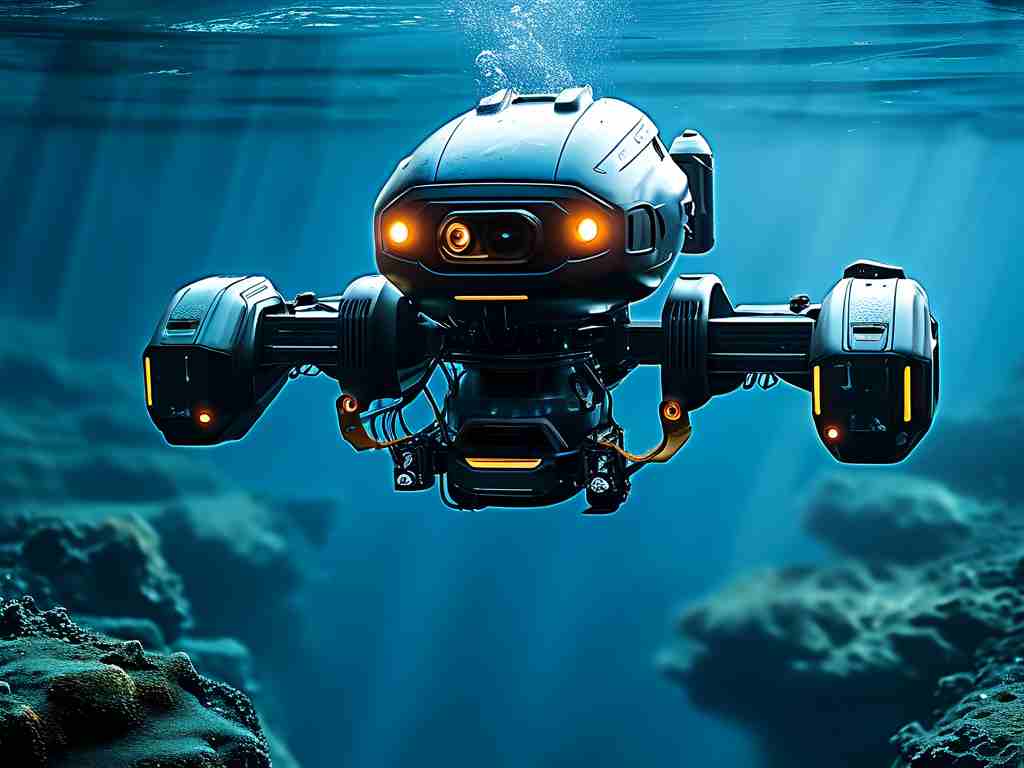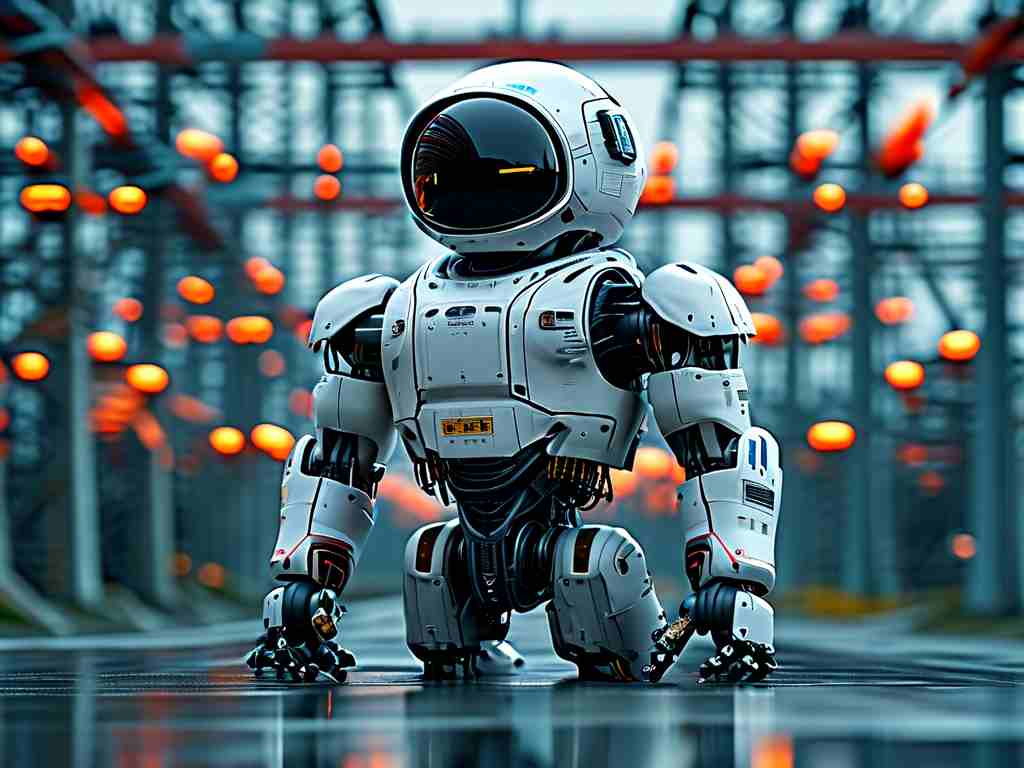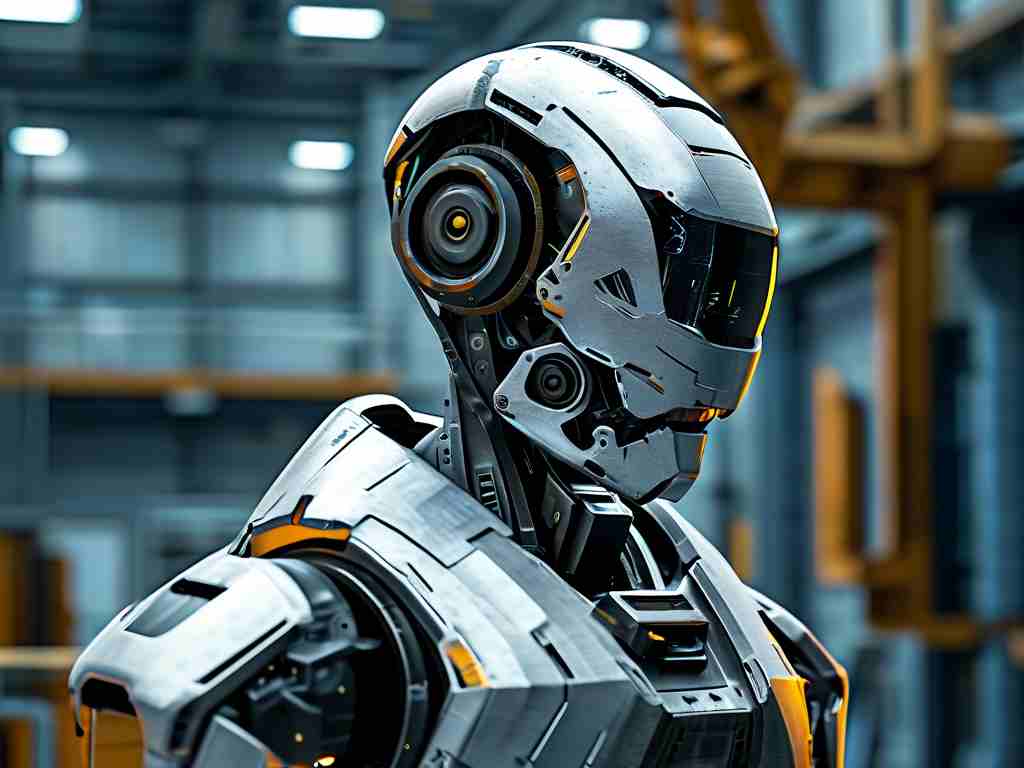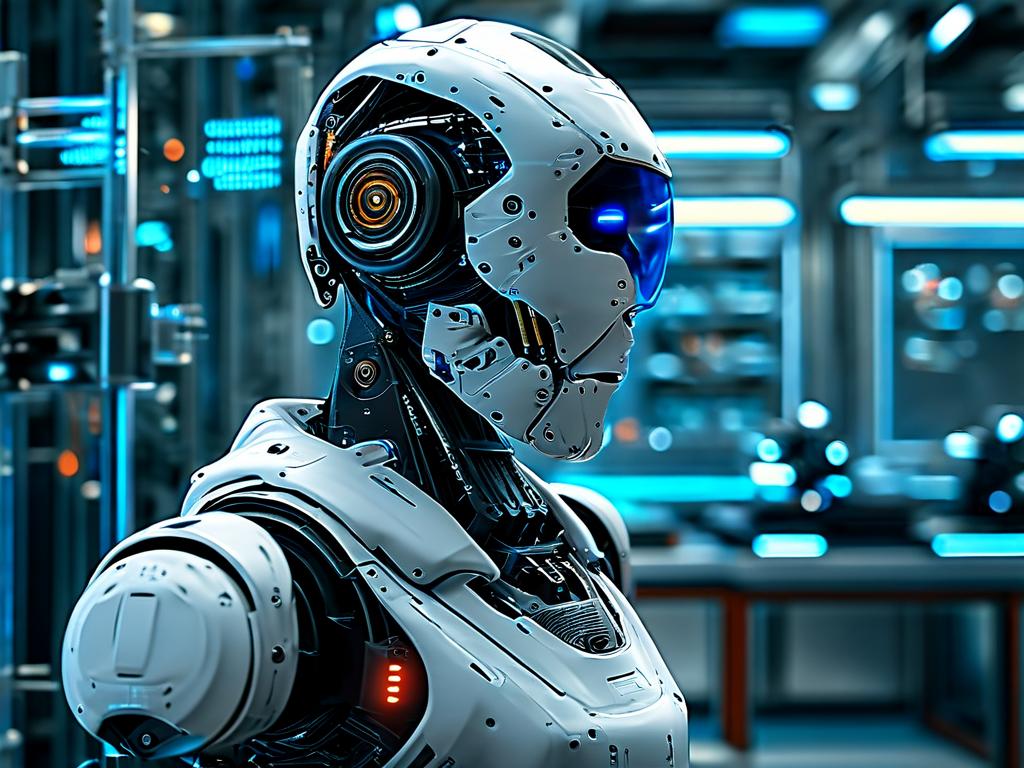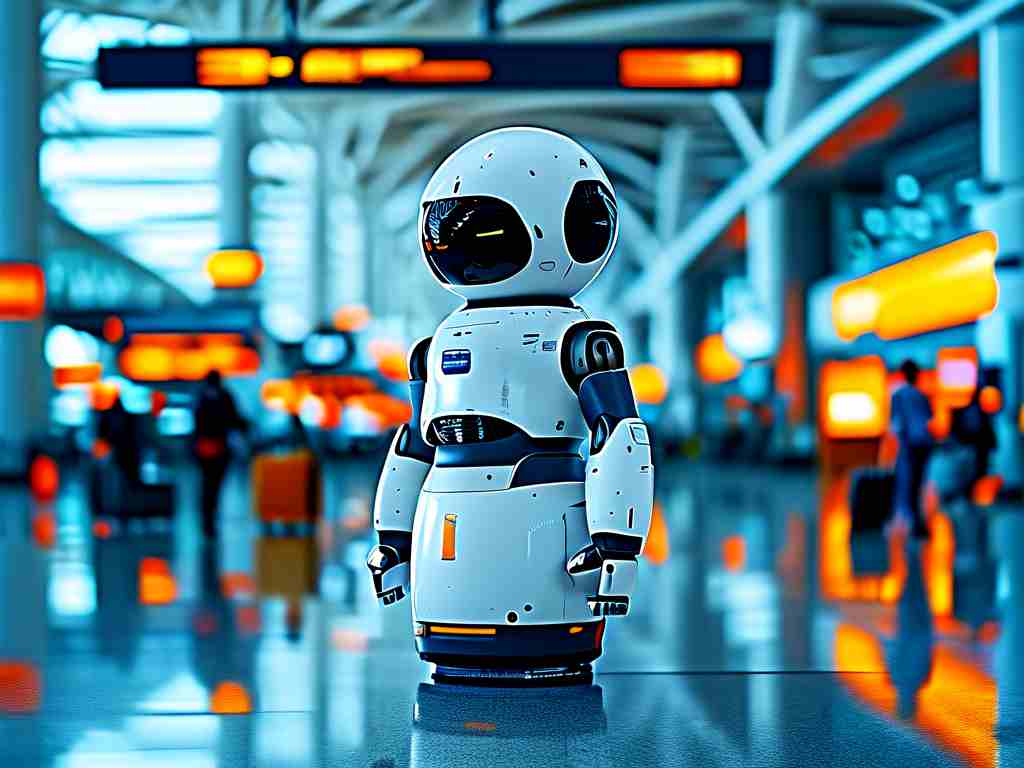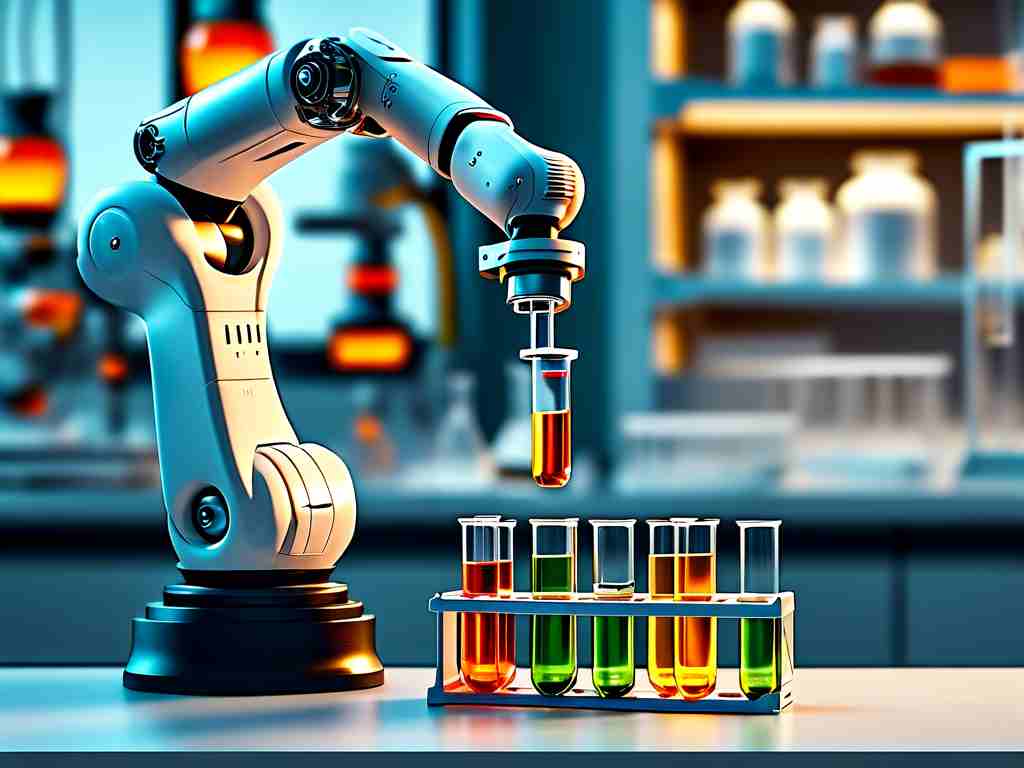The pursuit of quieter robotic systems has become a critical focus in automation and human-robot collaboration. As robots increasingly operate in shared environments – from hospitals to smart homes – reducing mechanical noise is no longer just an engineering challenge but a necessity for seamless integration into daily life. This article explores cutting-edge approaches to achieving silent robotics while maintaining operational efficiency.
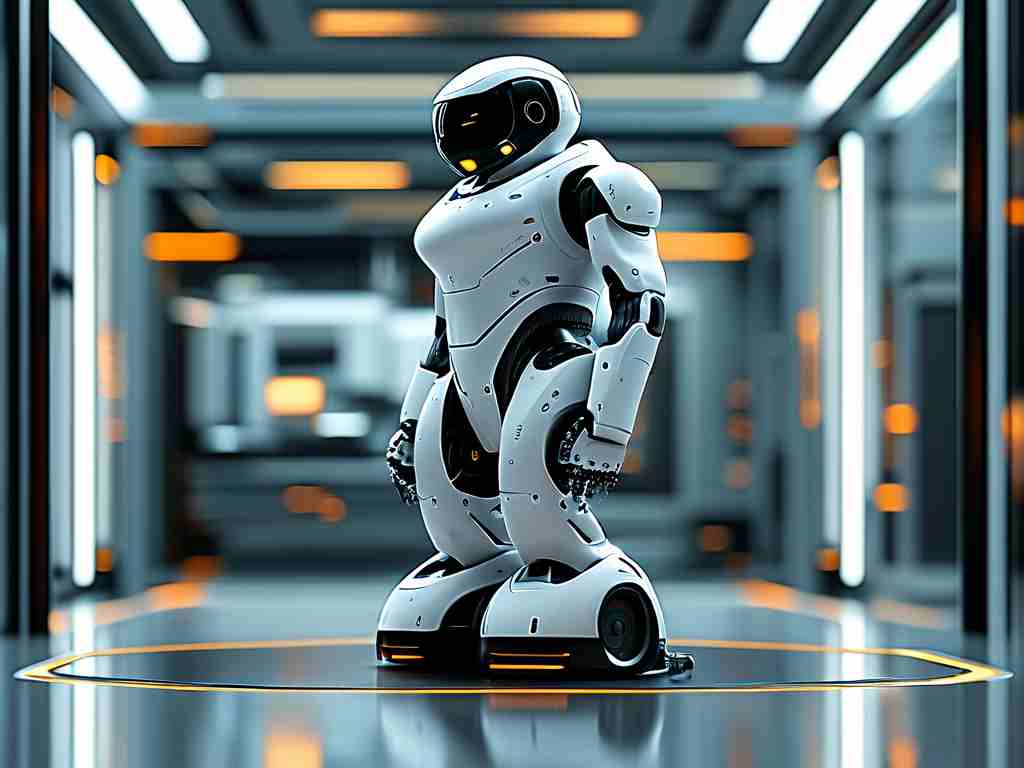
The Physics of Robotic Noise
Mechanical noise in robots primarily stems from three sources: actuator vibrations, gear friction, and airflow turbulence. Traditional solutions like rubber dampeners or foam insulation often compromise mobility or heat dissipation. Recent breakthroughs, however, leverage computational modeling to predict and neutralize noise at its source. MIT researchers demonstrated a 40% noise reduction in industrial arms through real-time vibration cancellation algorithms that adjust motor torque patterns mid-movement.
Material Science Innovations
Advanced composites are reshaping silent robotics. Graphene-infused lubricants now reduce gearbox friction by 62% compared to petroleum-based alternatives, as validated by ABB's latest collaborative robots (cobots). More intriguingly, bio-inspired "silent joints" mimic owl feather structures to suppress airflow noise. Festo's BionicSwift robot exemplifies this approach, achieving near-silent flight through feather-like overlapping surface textures that break up turbulent air patterns.
Software-Defined Silence
Modern control systems employ machine learning to optimize motion profiles for minimal acoustic impact. NVIDIA's Isaac Sim platform introduced a noise-prediction module that automatically adjusts trajectory planning based on environmental acoustics. In practical tests, warehouse robots using this system reduced peak noise levels from 85 dB to 67 dB while maintaining sorting speeds.
Energy-Efficient Quieting
A common misconception suggests quieter operation requires more power. Paradoxically, new harmonic drive systems prove otherwise. Shimpo Drives' strain wave gearing converts vibration energy into electricity, simultaneously reducing noise and charging backup batteries. This dual-function mechanism has been implemented in Tesla's Optimus humanoid robot prototypes, extending operational time by 15% while operating below conversational noise levels.
Human-Centric Design Challenges
Perception studies reveal human ears detect certain frequencies as more intrusive. Sony's robotics division developed psychoacoustic filters that prioritize suppressing frequencies between 2-5 kHz – the range most associated with "annoying" mechanical sounds. Their healthcare robot PALRO uses this technology to maintain a calming presence in dementia care facilities.
Regulatory Landscape
The EU's updated Machinery Directive (2023/EC) now mandates workplace robots to operate below 70 dB(A) – a standard already exceeded by Yaskawa's new MOTOMINI-SCARA series. Compliance drives innovation, with companies like KUKA offering noise-optimized configurations that meet regulations without performance trade-offs.
Future Directions
Emerging quantum piezoelectrics show potential for active surface noise cancellation. Early prototypes from ETH Zurich demonstrate self-adjusting surface textures that morph in real-time to counteract vibration patterns. When commercialized, this could eliminate the need for traditional soundproofing materials altogether.
Implementation Considerations
Adopting silent technologies requires holistic system redesign. Fanuc's case study reveals that simply upgrading motors without adjusting control software yielded only 12% noise reduction, while integrated redesign achieved 58%. Maintenance protocols also evolve – ultrasonic cleaners now remove microscopic debris that contributes to friction noise without disassembly.
The quiet revolution in robotics extends beyond technical specifications. As machines become less audible, they paradoxically become more present in human spaces. This silent evolution demands continued innovation balancing acoustic performance, energy efficiency, and functional reliability. With global spending on silent robotics tech projected to reach $4.7 billion by 2028 (ABI Research), the race to perfect noiseless automation will undoubtedly shape the next generation of intelligent machines.


